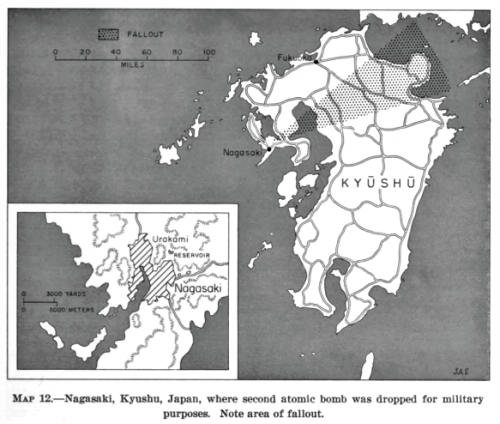(A repeat post from 2007, from my original milblog, on the anniversary of the Japanese Attack on Pearl Harbor)
“Life in the wide world goes on much as it has these past age, full of its own comings and goings, scarcely aware of the existence of hobbits… for which I am very thankful.” Gandalf, from “The Fellowship of the Ring”
There are some things that are so obvious that 20-20 hind-sight is not required, and Sunday, December 7th 1941 is one of them. The events of a couple of hours in the skies over a tiny Pacific Island previously known more as a tourist destination and a source for sugar and pineapples created a rift across the American consciousness, an abrupt demarcation between “then” and “now”. Very much like the effect of 9-11, a snap of a cosmically huge cracker into two pieces; you could look across to the other half of the cracker, and see that on either side of the chasm everything appeared to look just the same… but in your heart, you knew that things were not the same, and would never be quite the same again.
It was a smaller world, that America of seven decades ago, a very local, insular and insulated world, and one which moved comparatively slowly. Only the wealthiest or most adventurous traveled widely. Those who did travel did so by train, or passenger steamship in varying degrees of luxury. Passenger air travel was in its infancy, an exotic and expensive curiosity, as was television a fancy futuristic gadget displayed at the 1939 World’s Fair. People got their news from newspapers and movie news reels, from weekly magazines like “Life” and “The Saturday Evening Post”, and from the radio. Telephones were large clumsy black objects, nine out of ten on a party line, if you had one at all in your home. Urgent news came by telegram, a little slip of paper delivered by a bicycle messenger.

